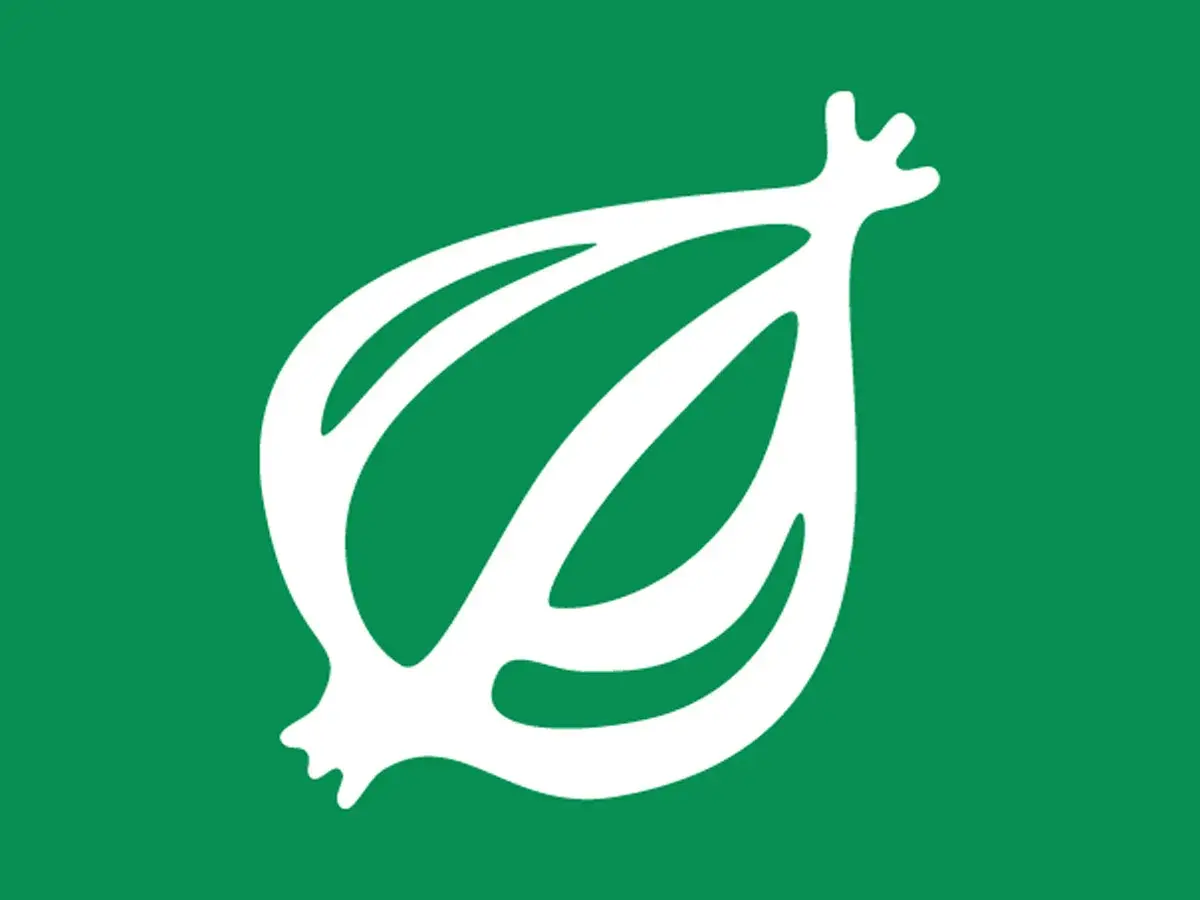

Kinda funny how it sneaks up on you when you get the space. I have 7 vehicles split between my wife and I. Most of them were bought at bottom of the market. People act like I must be wealthy as they drive a new suv worth $20 more than my fleet. I could replace the whole spread for like $30k. I’ll add the qualifier that 2 are motorcycles and I’m totally, definitely, working on selling my prior daily. But $3k isn’t exactly life-changing. I imagine this is a fuckcars zone but it’s a hobby for people. Every hobby is destructive. It’s not like car enthusiasts are driving multiple cars at a time, so the fuel consumption over time is normal. And the thirstier cars tend to be broken more often!




Maybe it’s 1 cybetruck and 7 Dodge Caravans saved from the crusher